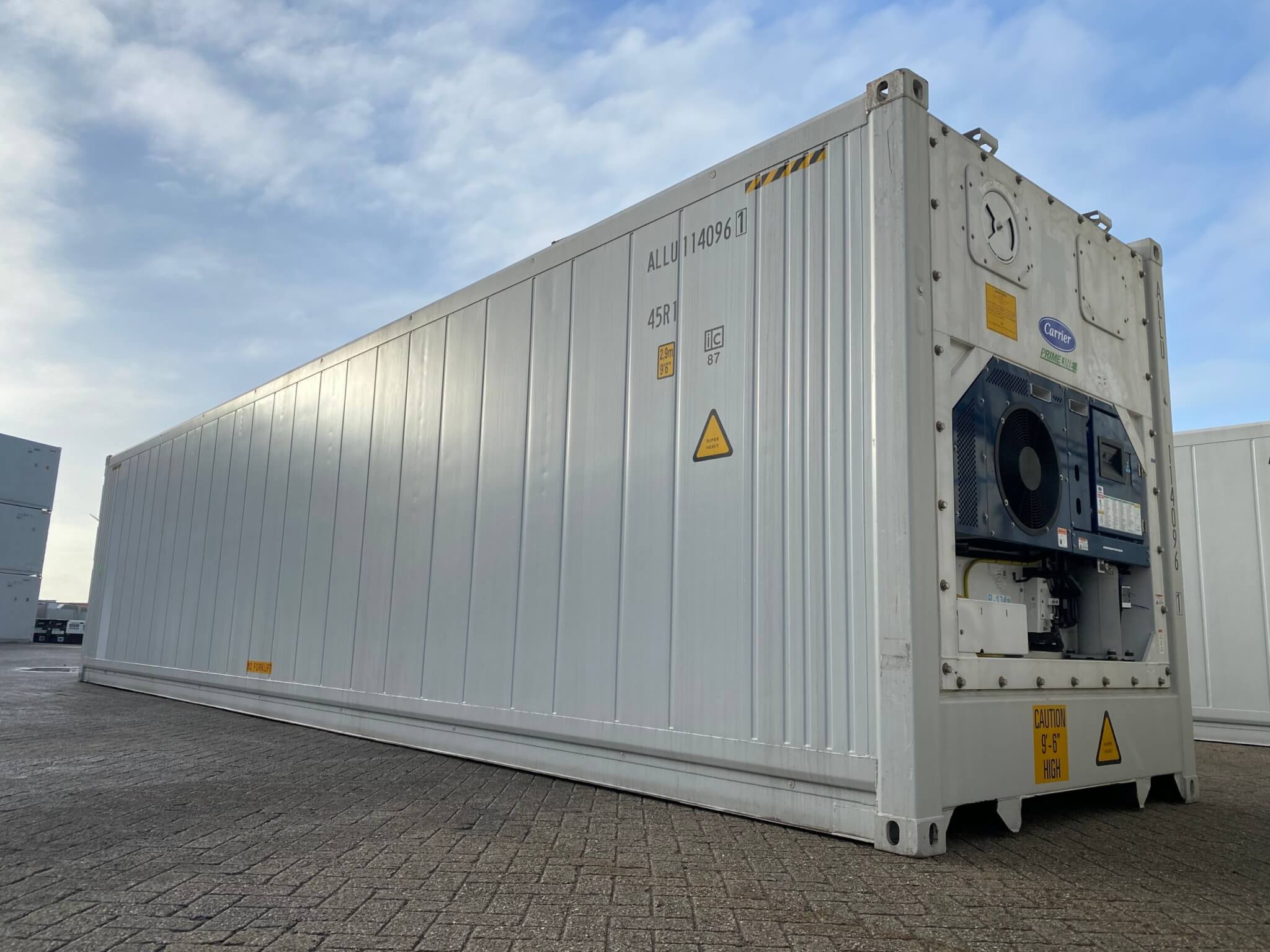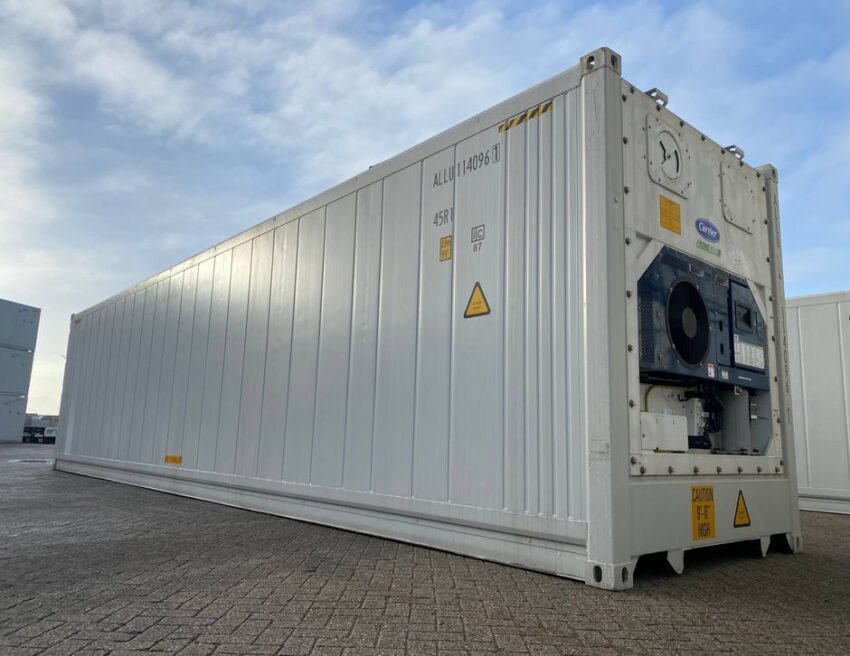
Reefer containers or refrigerated containers are gigantic refrigerators that freight forwarders use to ship temperature-sensitive cargo such as fruit, meat, vegetables, dairy, flower, pharmaceuticals, etc across the oceans. Sea freight forwarders that specialize in perishable cargo typically use these containers that can maintain a temperature range of -30°C and +30°C. Moreover, with the increase in consumption of wellness food and probiotics, the demand for these containers has increased considerably. In today’s post, we are going to talk about the importance of reefer containers in the ocean freight industry.
Uses of reefer containers in the ocean freight industry
-
Shipping perishable food
The primary use of reefer containers is for shipping perishable items. For instance, the food items that you find in the frozen section of your supermarket have been sourced from all over the world and most of them have traveled in reefer containers before making it to your local supermarket. Some of the most common food items shipped in these containers include meat, seafood, dairy products, fruits, vegetables, processed food, juice and beverages, wine, etc.
-
Shipping pharmaceuticals
Another major use of these containers in the ocean freight industry is for shipping drugs and pharmaceuticals. For example, just a few months back during the pandemic the reefer container allowed pharmaceutical companies to ship vaccines around the world. Moreover, shipping companies that regularly ship pharmaceuticals need to regularly inspect these containers to maintain their standards.
-
For moving regular dry cargo
Shipping companies also use reefer containers for transporting regular dry shipments. They just turn off the refrigeration in the reefer containers to convert them into regular shipping containers in times of need. This also allows them to make the best use of repositioning so as not to ship the containers empty.
-
For transporting movie props
These days film production houses are extensively using reefer containers for transporting movie-related items such as celluloid films, cameras, and production equipment all of which are worth millions of dollars. The temperature control capability of these containers makes them ideal for use in moving the delicate equipment used for filming.
Things freight forwarders should remember to check while getting a reefer container from the carrier
While receiving a reefer container from the carrier, you as the freight forwarder need to make sure that the box is in excellent condition and is fit for carrying the sensitive cargo. To begin with, you need to make sure that the container has been pre-cooled to the temperature required for shipping the cargo before going ahead with the packing. Additionally, it is equally important to check for the cleanliness of the container since it will be used for shipping food items.
You should never use unclean or odorous containers for shipping edibles. The shipping company needs to check if the door gasket seals properly and if the floor of the container and the groves are unobstructed and clean. Players in the ocean freight industry need to ensure that the container has the required humidity and vent settings. This is because a faulty internal vent can hamper the efficiency of the airflow within the container which in turn could prevent the container from reaching the required temperature.
Cargo stowage tips for reefer containers
Reefer containers are available in several sizes including 20 ft, 40 ft, and 40 HC. Once you have selected the right container size for your cargo, you need to focus on the proper stowage of your goods. Reefer containers do not work in a similar way as the regular dry containers and there are a few things you need to remember for correct space utilization. As we have already mentioned before, the air circulation within the container is responsible for maintaining a steady temperature. However, the packaging of your shipments and the way in which you stow them can affect the airflow within the container. Therefore, different cargo requires special stowage methods to ensure uninterrupted air flow within the box.
For example, suppose you are moving a shipment of beef from Argentina to Italy. To retain the shelf life of the beef in the Italian market, you will need to stow the cargo in a way that ensures proper airflow and the maintenance of the right temperature. The airflow is responsible for removing the gasses emitted by the meat and keeping the shipment from rotting. Similarly, when you are shipping frozen goods, you need to stow them in the correct way to retain their taste, quality, and texture. Ideally, you need to stack the cargo next to one another without any gaps between them. You also need to ensure that there is no gap between the cargo and the walls of the reefer container. This could block the airflow and in turn prevent the proper cooling of the container.
Lastly, you need to make sure there aren’t any restrictions for airflow or any space between the pallets. You need to tightly shut the doors of the containers with wood or cardboard so as to circulate the cold air and eliminate the chances of heat sinks near the door of the containers.


